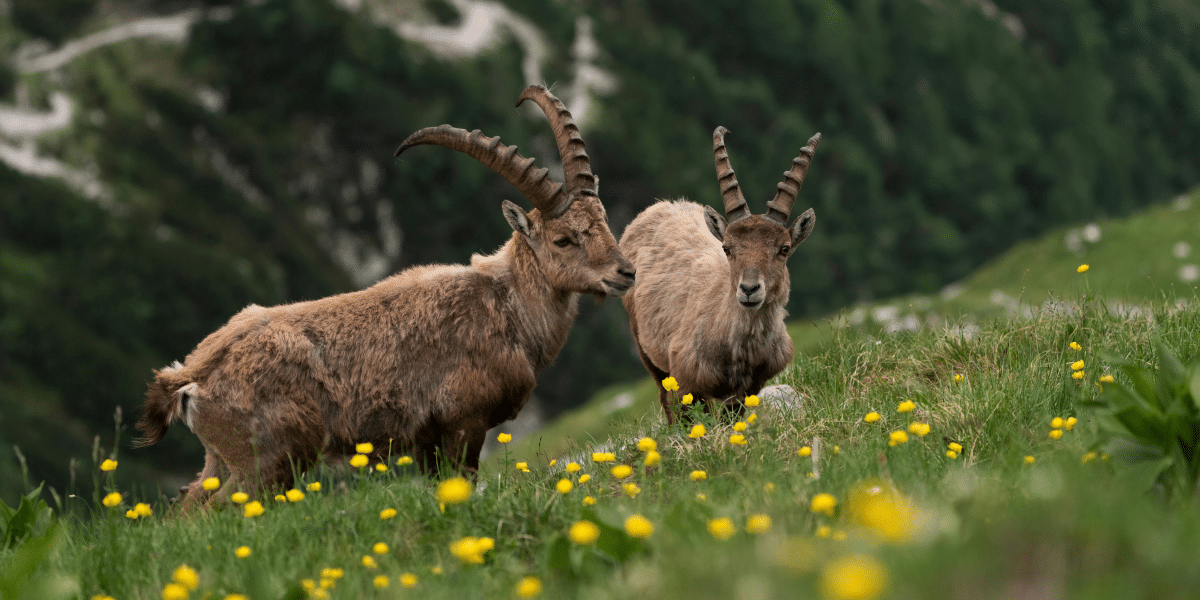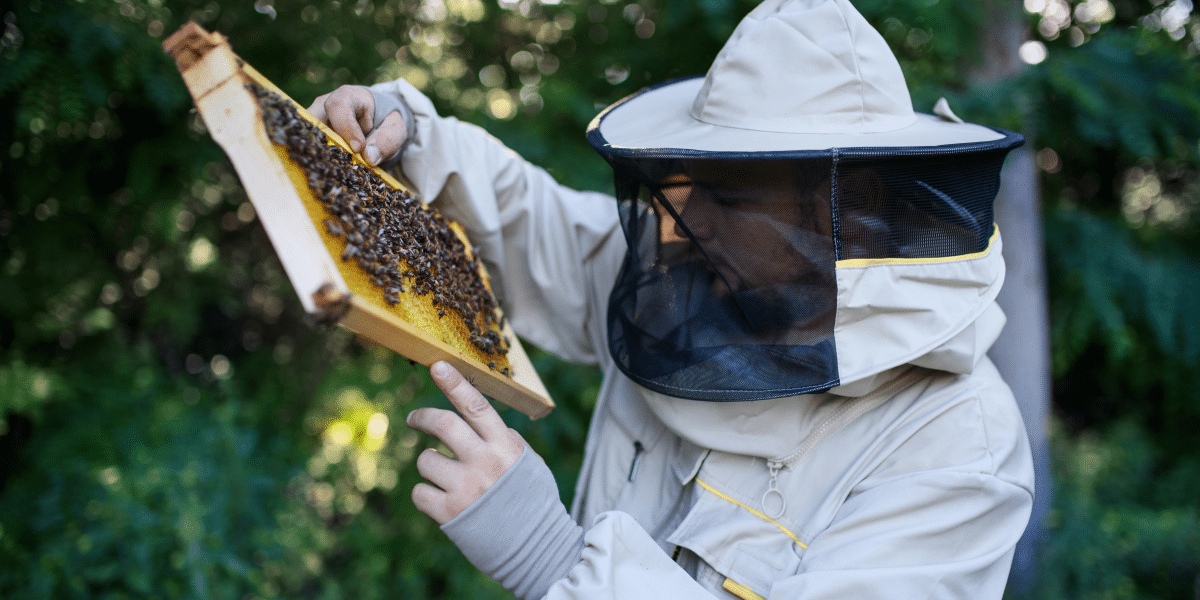Bats in the Night Sky: Austin’s Spectacular Bat Colonies
Texas, with its vast landscapes and diverse ecosystems, is a haven for wildlife enthusiasts. From the enchanting bat colonies in Austin to the captivating birdwatching hotspots, the Lone Star State offers a rich tapestry of natural wonders. In this virtual safari, let’s delve into the unique wildlife experiences that make Texas a true haven for biodiversity.
Austin, the capital city of Texas, is famous for more than just its live music scene and vibrant culture – it’s home to one of the most captivating natural spectacles, the bat colonies. Head to the Congress Avenue Bridge, and as the sun sets, witness millions of Mexican free-tailed bats taking flight in search of their evening meal. It’s a breathtaking sight that paints the Austin sky with swirling patterns of black, creating a natural masterpiece.
The Congress Avenue Bridge is the seasonal residence of these migratory bats, attracting visitors from around the world. As dusk descends, the bats emerge, creating a magical dance in the sky. This nightly ritual, from spring to early fall, has become an iconic part of Austin’s identity, earning the city the title of the “Bat Capital of America.”
Birdwatching Bliss: Hotspots Across the State
For birdwatching enthusiasts, Texas is a paradise with its diverse avian residents and prime locations for spotting feathered wonders. Grab your binoculars and explore these hotspots that showcase the incredible birdlife thriving in the Lone Star State.
Nestled along the Gulf Coast, High Island is a birdwatching paradise. During the spring migration, this coastal hotspot becomes a bustling avian rest stop, attracting a kaleidoscope of colorful warblers, tanagers, and other migratory birds. The Audubon Society’s Boy Scout Woods Sanctuary offers a peaceful setting for observing these seasonal visitors.
Balcones Canyonlands: A Haven for Golden-Cheeked Warblers
In the heart of Texas Hill Country, the Balcones Canyonlands Preserve provides critical habitat for the endangered golden-cheeked warbler. Birdwatchers can explore the preserve’s trails and marvel at the striking colors of this unique species. Conservation efforts in the area aim to protect not only the warbler but also the diverse ecosystem it calls home.
While Texas boasts incredible wildlife, conservation efforts play a crucial role in preserving these natural wonders for future generations. Explore the initiatives and projects that contribute to the conservation of Texan species and their habitats.
The Texas Horned Lizard Revival
The iconic Texas horned lizard, once a common sight, faced population declines due to habitat loss and other factors. Conservationists are working diligently to revive the populations of these spiky reptiles. Programs involve habitat restoration, captive breeding, and public education to raise awareness about the importance of protecting this unique Texan species.
Sea Turtle Conservation on the Texas Coast
Texas’ Gulf Coast is a vital nesting ground for several sea turtle species, including the Kemp’s ridley, the most endangered sea turtle in the world. Conservation initiatives focus on protecting nesting sites, monitoring populations, and raising awareness about the threats facing these ancient mariners. Visitors can participate in sea turtle releases, a heartwarming experience that highlights the importance of marine conservation.
Embracing Texan Wildlife
In the vast expanses of Texas, where ecosystems range from coastal plains to rolling hills, and urban areas to pristine preserves, the wildlife is as diverse as the landscapes themselves. From the nightly emergence of bats in Austin to the birdwatching delights in High Island, Texas invites nature lovers to embrace the wonders of its unique and thriving ecosystems. As we marvel at the bat colonies, observe the bird migrations, and support conservation efforts, we become stewards of the Lone Star State’s natural legacy, ensuring that these wildlife wonders endure for generations to come.





